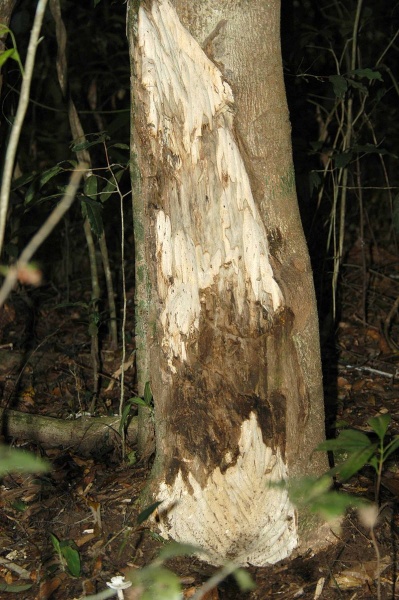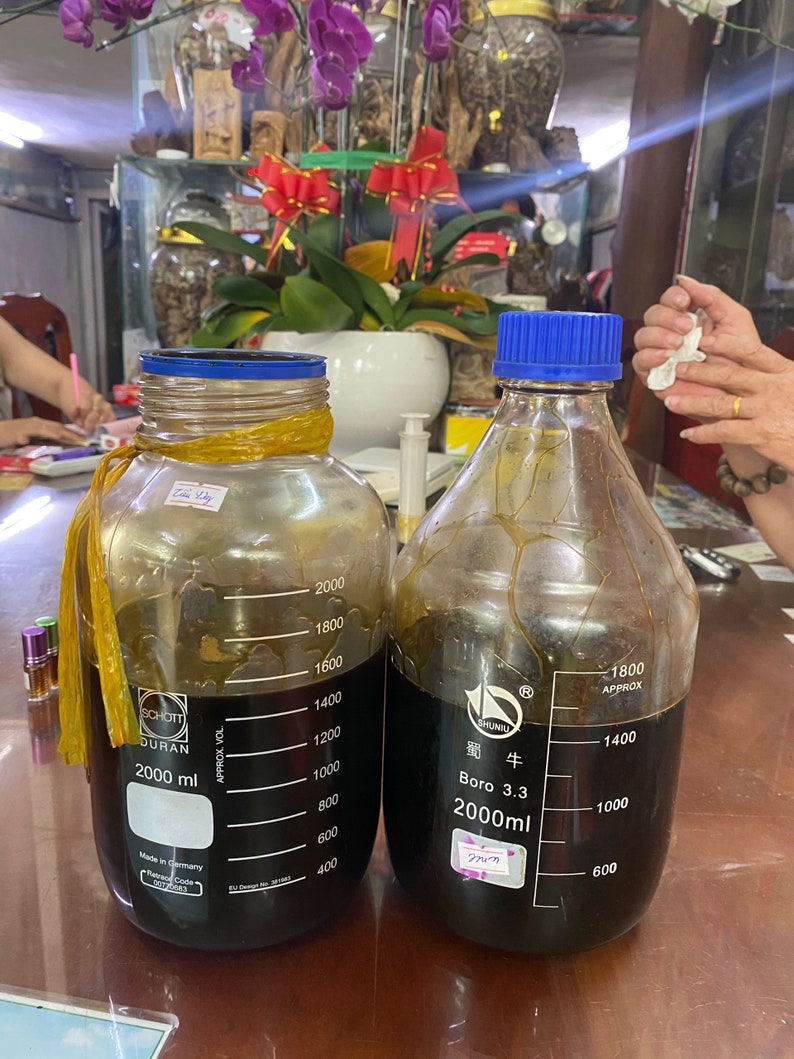[1] Barefoot Doctor's Manual- 1977 Prepared by the Revolutionary Health Committee
of Hunan Province. Original Chinese manual- Victor W. Sidel. Originally published
by Dr Joseph Quin and the Fogarty International centre, Bethdesda (1974). Madrona
Publishers Seattle Washington ISBN 0-914842-52-8
[2] A Complete English Dictionary of Medicinal Terms in Chinese Acupuncture and
Herbalism 1981- Henry Lu Chinese Foundations of Natural Health- The Academy of
Oriental Heritage, Vancouver, Canada.
[3] Translation notes from Gary Seiford and Hocu Huhn- NSW College of Natural
Therapies. Sydney Australia (1982).
[4] Chinese Medicinal Herbs- Beatrice Bliss (1973) Compiled by Li Shi- Chen.
Translated and Researched by F. Porter Smith and G. A. Stuart. Geogetown Press,
San FranciscoISBN 0 914558005
Images
1.
commons.wikimedia.org
by Chong Fat CC BY-SA 3.0
2.
en.wikipedia.org
by Blaise Droz CC BY-SA 3.0
3.
tjtate.com
4.
etsy.com  Aquilaria sinensis.
A. agallocha 沉
香 Chén xiāng
Agarwood, Aloes
wood resin, Eagle (referring to the petals
or spurs) wood sap
Family: Thymelaeaceae
Aquilaria sinensis.
A. agallocha 沉
香 Chén xiāng
Agarwood, Aloes
wood resin, Eagle (referring to the petals
or spurs) wood sap
Family: Thymelaeaceae

